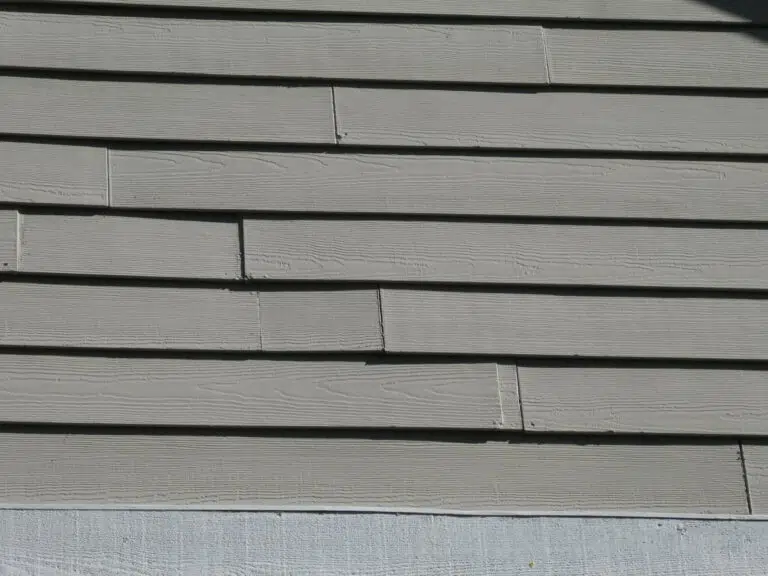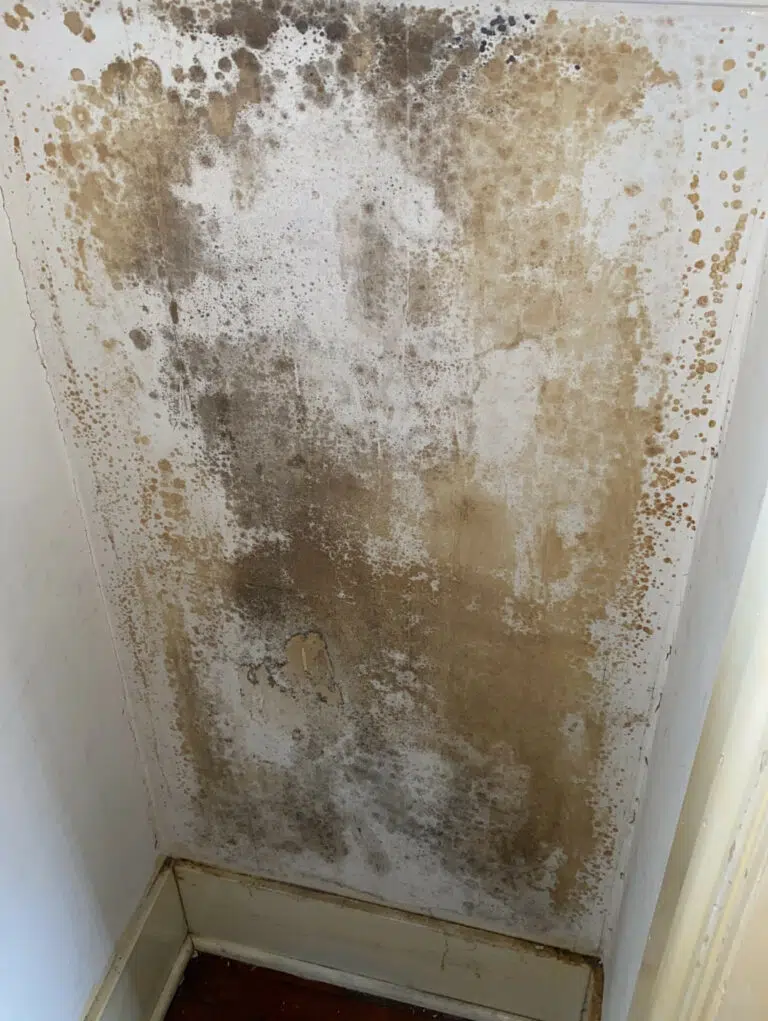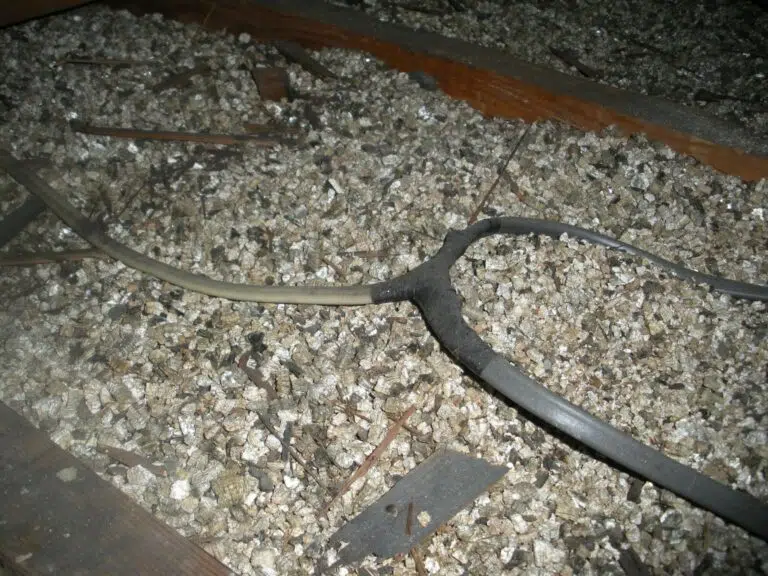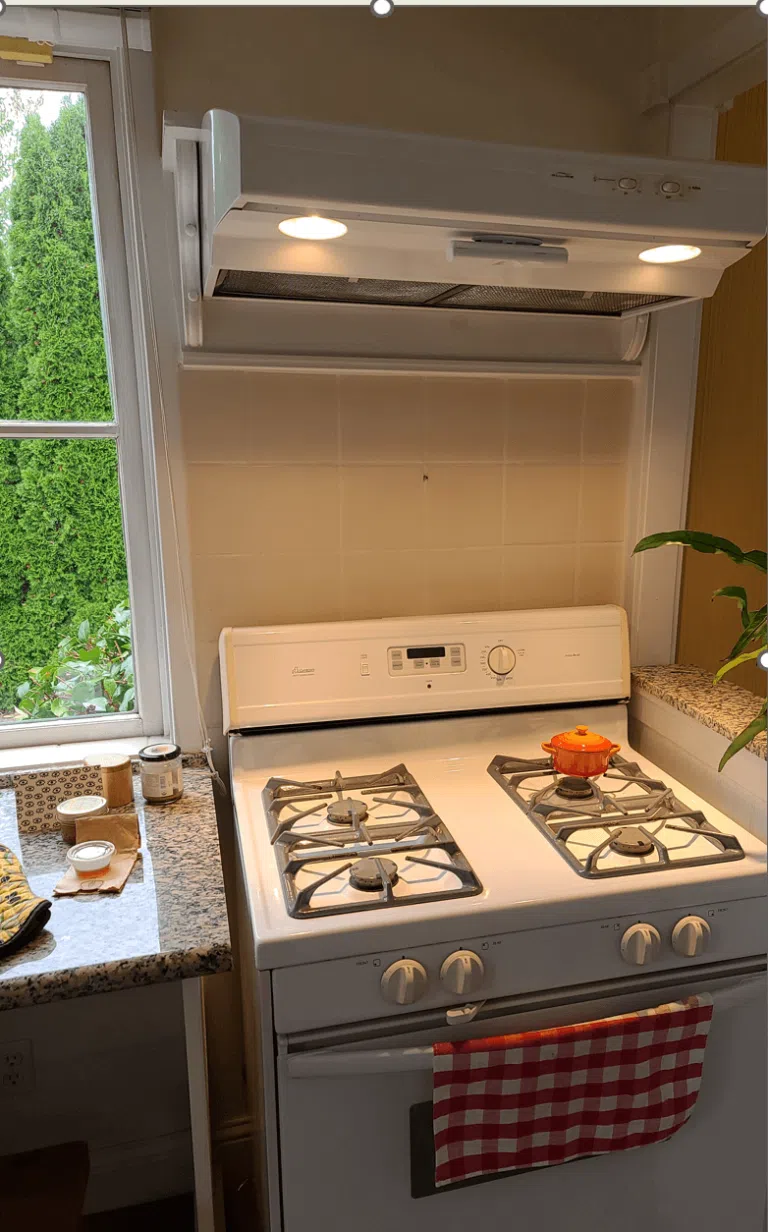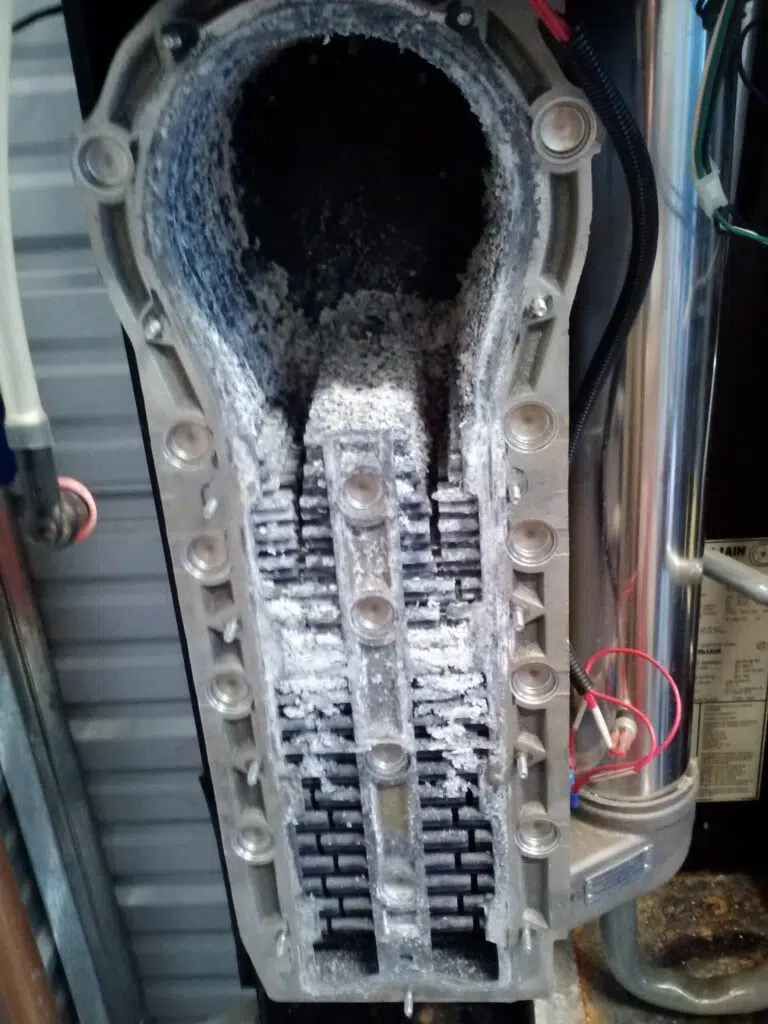Generators and Transfer Switch interfaces are not operated during a standard inspection.
Generators are installed to provide backup electrical power. These systems can be great in emergencies, but they can have safety issues with how they are connected to residential wiring systems and warrant evaluation by licensed electrical contractors prior to use. I attempt, through visual inspection, to identify some of these concerns. Exact procedures for operating these systems should be posted near the electrical transfer switch.
Never operate an internal combustion engine inside your home, basement, garage or any other enclosed area.
The generator needs a minimum of 3 to 4 feet of spacing on all sides (including the top). A generator needs an unlimited supply of fresh air for proper cooling during operation. Properly locate the generator outdoors away from doors and windows. An open door or window will allow dangerous exhaust fumes to enter the building. Since combustion engines create carbon monoxide, which can be lethal, good ventilation is critical. Keep the generator dry and always operate it on a level surface. Never add fuel to your generator when it is running and always store additional fuel in approved Gasoline containers. Note that some generators come with an exterior rated cabinet, designed to be out in the weather.

It is very important that you never feed power from your portable generator into a wall receptacle.
This is commonly called back feeding and causes several safety concerns. This causes a very dangerous situation as power back-feeds into the Power Company lines and can cause severe injury or death to linemen working on power lines. In addition, when the Power Company restores power it can feed directly into your generator causing severe damage to your portable generator.
For safety, a transfer switch should be installed by a licensed electrical contractor that redistributes power from the generator to the home’s circuit box.
This eliminates the need for numerous extension cords running from the generator to specific appliances and eliminates the risk of electrical “back feed” injuring utility workers working on downed power lines. The transfer switch is installed beside the main electrical panel, and then it’s connected to the appliances and circuits you’ll want running during a blackout. When the power goes out, you simply crank up the generator to send power to the transfer switch. Once the generator is running, you can pick and choose which appliances and circuits you want to use by flipping the switches on the transfer switch. It’s important to keep track of what’s being powered because the transfer switch is often wired into more circuits than the generator can handle all at once. Most transfer switches operate with generators up to 7,200 watts. For most homes, this is sufficient to operate several critical household appliances, such as furnace fans, sump pumps, refrigerators, and lights.



